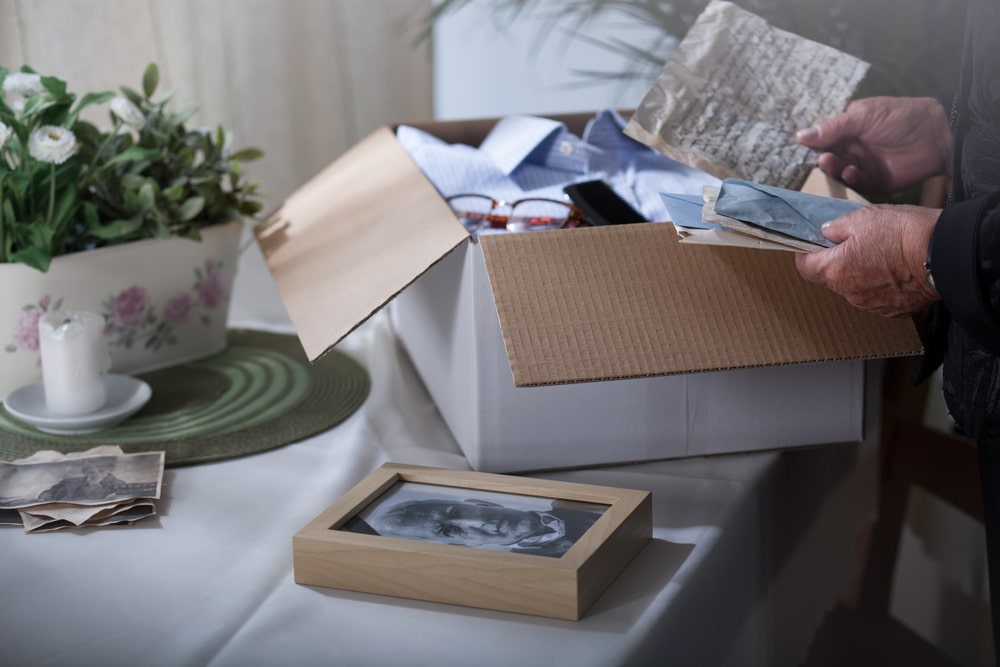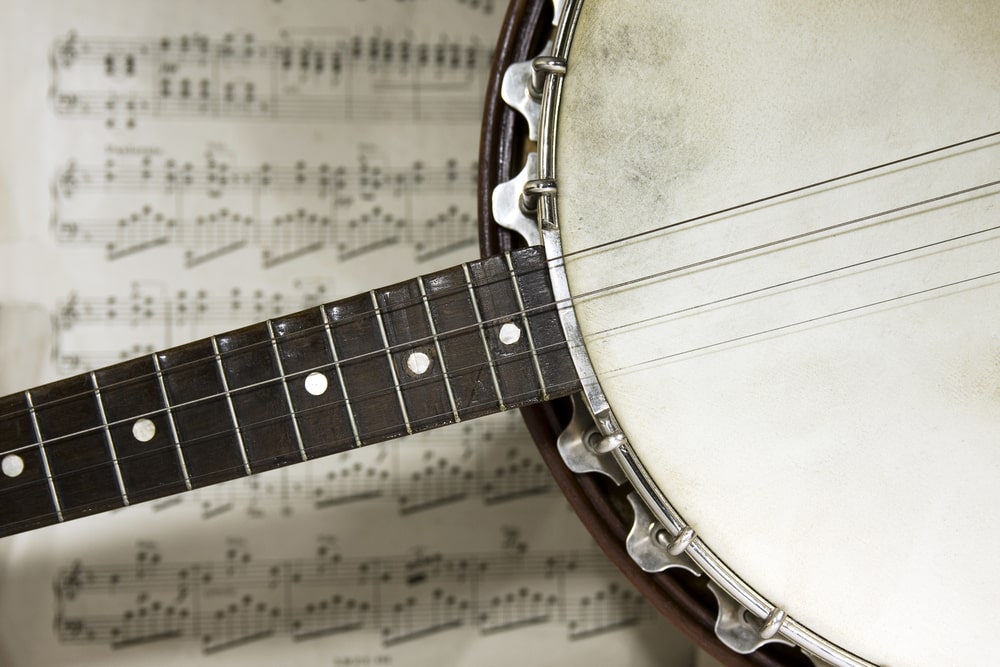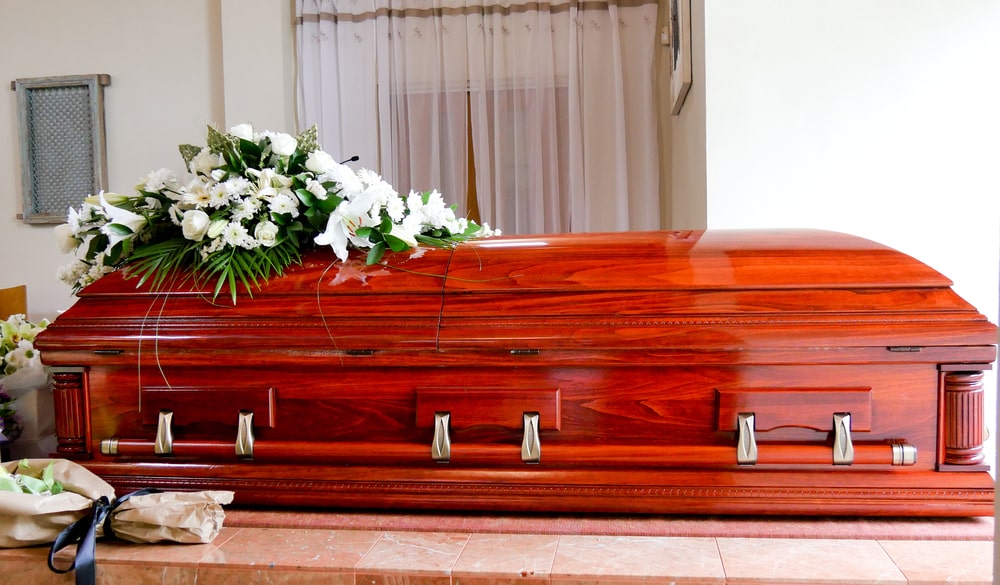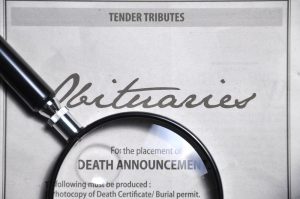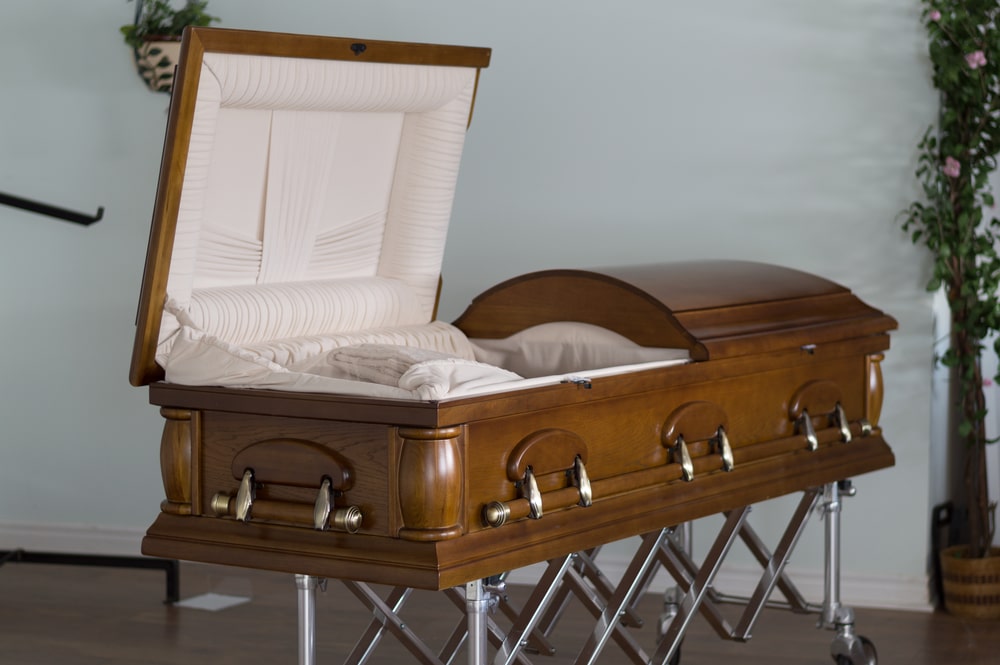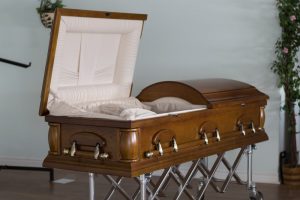
The funeral is a time to truly honor and remember a loved one’s life, but how can you personalize the service to reflect that special person’s personality, preferences, interests, and uniqueness? According to Dr. Alan Wolfelt, nationally respected grief counselor and author, there are 7 distinct elements to a funeral, and each one can be personalized. Today, let’s talk about how you can use readings to personalize a loved one’s final tribute and create an event that is truly special and meaningful.

First, Why Does Personalization Matter?
“I encourage you to slow down, take a deep breath and focus on what is really important—what is essential—about the funeral you are planning. What is essential is the life that was lived and the impact that life had on family and friends. To honor that unique life, the funeral must also be unique. Over and over, families tell me that the best funerals are those that are personalized.” – Dr. Alan Wolfelt
In a world focused on efficiency and getting things done as quickly as possible, the funeral is a moment to slow down and be thoughtful. When we do things too quickly, they can sometimes feel impersonal and hollow. That’s why personalization is key!
A personalized service beautifully and lovingly honors life. It creates a sweet moment of remembrance, a time to say goodbye, a unique acknowledgement that a person’s life mattered in all the big and small ways. Now, let’s talk about readings and their vital role in personalizing a funeral or memorial service!
How to Personalize Readings at a Funeral
Readings are a way to invite mourners to express their emotions while also honoring the unique spirit of the one who has died. They add a deeper dimension to the service and allow you to engage together through the power of words. Sometimes, the right words don’t come to mind, but a book, a poem, or a verse can express the heart much more eloquently.
1. Recite quotes from favorite books, plays, poems, movies, or TV shows
When using literary or entertainment sources to personalize a service, consider what your loved one enjoyed. Did they love Emily Dickinson poems? Read a few. Did they regularly quote Star Trek or The Princess Bride? Take those quotes and turn them into a tribute. Is there a poem that has always reminded you of your loved one? Read the poem and share how it reflects that special person’s life or personality.
2. Include select passages from an appropriate holy book
For loved ones who lived out a deep faith, consider including select passages from the holy book they cherished. When a loved one dies, those left behind to mourn sometimes have a crisis of faith. They search for meaning and ask questions like, “What is the meaning of life?” “Should I do things differently?” “What happens next?” Faith can bring comfort when things feel out of control. Plus, including religious quotations can honor and respect that aspect of your loved one’s life.
3. Share something you have written to honor a loved one
If you enjoy writing or feel inspired, consider putting your thoughts and feelings on paper. Whether you compose a letter, a poem, an essay, or a haiku, you can use your own words to honor a loved one’s memory. Of course, the topic of your composition is entirely up to you, but feel free to be creative. And don’t forget to have someone else review your work before you read it at the service. It’s always a good idea to have a second set of eyes on any written text – just in case.
4. Read excerpts of your loved one’s personal writing
On the flip side, was your lost loved one a writer? If it feels appropriate, consider sharing excerpts of their own words. This is a beautiful way to highlight their personality and the unique perspective they had about the world. Sometimes, when a person has a terminal illness, they may write their own obituary or a letter or a poem about their experience. These writings may also be meaningful to share at a personalized service.
Questions to Help You Brainstorm
If poems, quotes, or other reading selections aren’t coming to mind already, here are a few questions to help you brainstorm what kinds of readings you could include at a service.
- Did your loved one love any certain book, movie, poem, or TV show?
- Were they known to quote anything regularly?
- Did they have any favorite author, poet, or writer?
- Were they a writer themselves – either personal or published?
- Is there a literary or entertainment piece that always reminds you of them?
Hopefully, these questions will trigger some ideas for you and give you a good starting place for selecting readings that will not only personalize the funeral but add special meaning as well. And if you are stumped, your funeral director can help. They are your advocate and guide throughout the funeral planning process. They can provide much-needed assistance when you just aren’t sure what to do next.
For additional inspiration, here are more articles on readings that may help:




